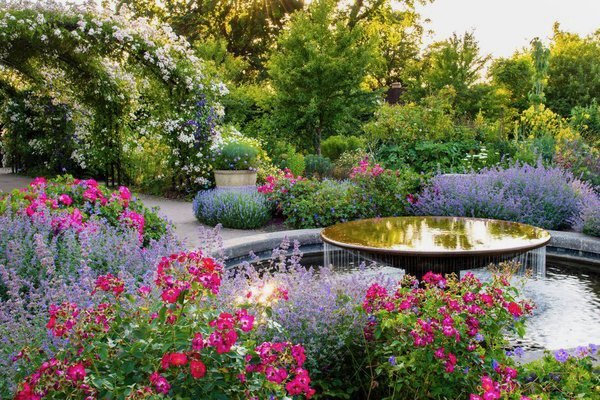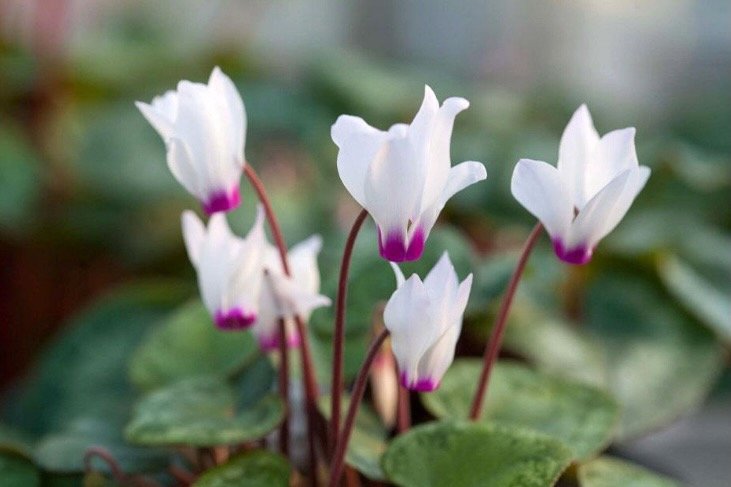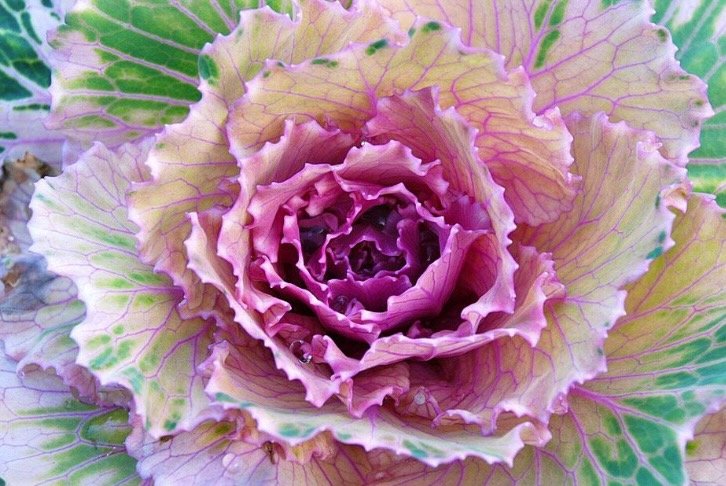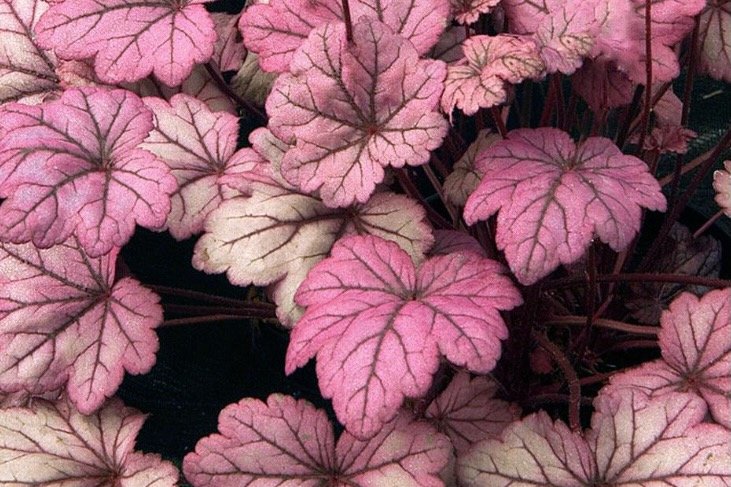September 2023-Soil conditioners & Autumn Colour
Happy Gardens by Jane Pearson
Months Musings
Hello again! The summer holidays are over and on reflection, it’s been a busy summer of garden making between rain showers. I’m now preparing gardens for the coming shorter days and cooler weather and mulching is on my ‘to do’ list. Back in July I wrote about Plant Feed & Fertilisers and promised to continue the conversation with soil conditioners & mulches, not a very sexy topic unless you’re a freshly mulched plant, in which case, it’s the best of treats!
September Feature: Soil Conditioners
Back to basics: Soil improvers, soil conditioners & Mulches are just other names for organic matter laid as mulches that improve your soil, plant growth and yield. Organic matter laid as a mulch will help to supress weeds, and improves your soil structure and fertility, so it’s worth using.
Home made Garden compost, composted bark, leafmould and well-rotted manure are ideal, and autumn is a great time to use them. You can dig them into the soil, but I like to use the ‘no dig’ method and apply mine as a mulch on the surface (like a fluffy blanket) about 8cm (3 inches) thick and let the worms and winter weather work their magic. If you haven’t got compost to hand, you can also use bark, wood-chip and shredded woody waste and gently lay it between your plants.
I’ll chat more about making compost and leaf-mould next month unless you can suggest me a different topic!
The Potting Shed Things to do in September.
Divide herbaceous perennials including grasses (but divide your crocosmia in spring)
· Plant spring flowering bulbs
· Collect and sew seed from perennials and hardy annuals.
· Net ponds before leaf fall starts.
· Gig up any remaining potatoes before slug damage spoils them.
· Cover leafy vegetables crops with bird-proof netting.
· Clean out cold frames and greenhouses ready for autumn use.
· Start to reduce the frequency of house plant watering.
Plant spotlight Autumn Colour.
I’ve chosen a handful of plants for Autumn that are tough and cheerful and provide a blaze of seasonal colour.
Cyclamen persicum
Cyclamen persicum produces delightful flowers until the first hard frosts. It will continue blooming into the winter in sheltered gardens or protected positions, such as a porch. Some plants bear flowers with a sweet musky fragrance. It likes a free draining soil.
Purple sage (Salvia officinalis‘Purpurescens)
Purple sage (Salvia officinalis‘Purpurescens) makes an ideal ornamental plant. Its metallic evergreen leaves look good all year round and smell great. They are just as edible as their green-leaved cousins.
Ornamental Cabbage
Ornamental Cabbages. For a long-lasting unusual display try ornamental cabbages. They’re available in an enormous range of colours and leaf shapes and combine well with fine-textured plants such as grasses.
Japanese blood grass (Imperata cylindrica 'Rubra')
Japanese blood grass (Imperata cylindrica 'Rubra') provides great texture in autumn bedding schemes. Its narrow leaves shine out a rich red in the low sunlight at this time of year, Plants die back to ground level over the winter.
Hardy plumbago (Ceratostigma plumbaginoides)
Hardy plumbago (Ceratostigma plumbaginoides) is a reliable performer for a sunny spot, with sky-blue flowers blooming for weeks on end in September and the leaves develop attractive wine-coloured tints. It’s much loved by pollinating insects.
Heuchera ‘Sugar Plum’
Heuchera ‘Sugar Plum’ is useful for contrast. It has bright pink leaves that provide long-lasting colour and a useful contrast to other plants, particularly grasses.







